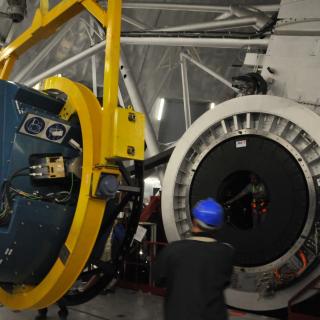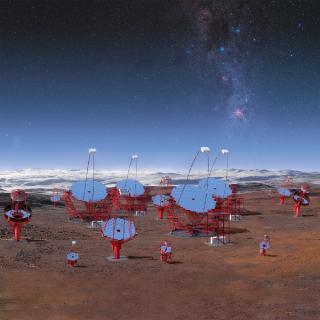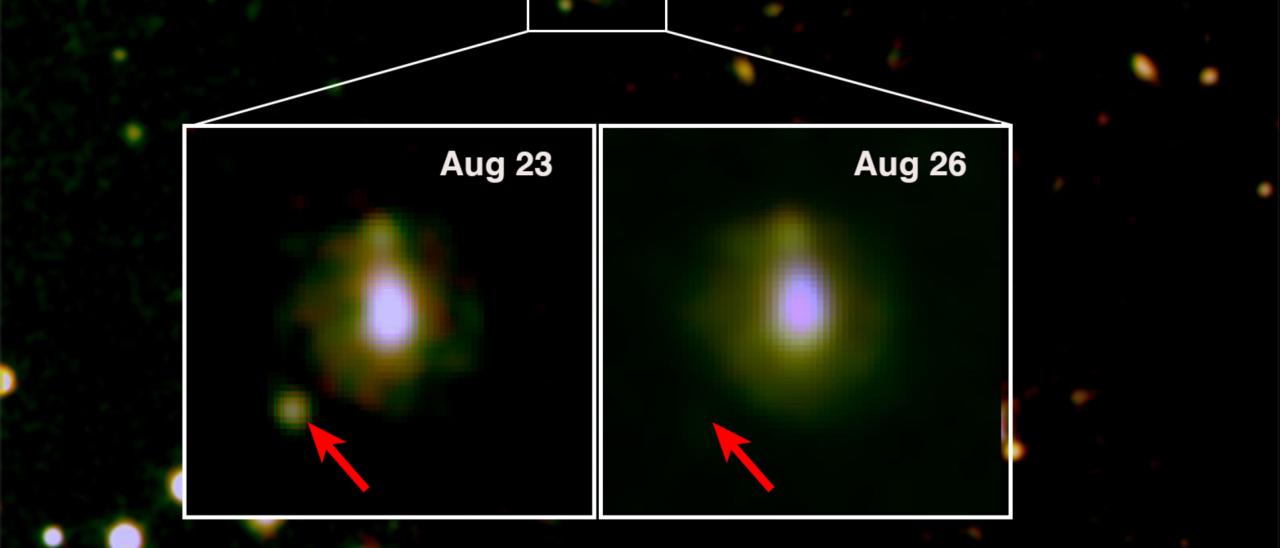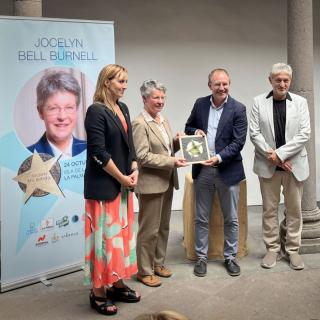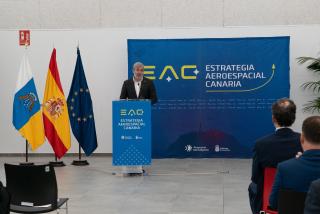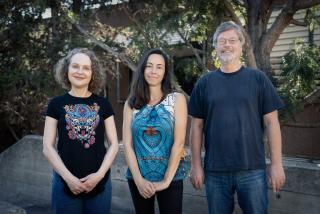An international team of astronomers, including researchers at the Instituto de Astrofísica de Canarias (IAC) and the CSIC has found evidence of a “kilonomva” in the data from a gamma ray burst detected in August 2016. This is a phenomenon similar to the supernovae which produce large quantities of heavy elements, such as gold and platinum. This event is similar to another explosion detected by LIGO in 2017, for which the combined observation of light and gravitational waves opened the door to an understanding of this type of objects. The results are to be published in the journal Monthly Notices of the Royal Astronomical Society (MNRAS)
On August 17th 2017 scientists made history with the first observation of the merger of two neutron stars. It was the first cosmic event to be detected not only in gravitational waves but also in the full spectrum of light, from gamma rays to radio waves. Study of the data allowed astronomers to show that, as had been predicted by theory, the merger of two neutron stars produces a phenomenon similar to that of supernovae, which has been termed a kilonova, and which generates large quantities of heavy elements. In fact it is thought that the gold and platinum on Earth were formed in one of more kilonovae.
After the 2017 event, which was first detected by the gravitational wave detector LIGO, astronomers began to change their ideas about what we should observe on the ground from a kilonova. They reexamined data from a gamma ray burst detected in August 2016 and found evidence for a kilonova which had not been detected during its initial observations.
“The 2016 event was very exciting at first, it was near and visible with the most important telescopes, including the Hubble Space Telescope. But it did not coincide with our predictions” explains Eleonora Troja,a researcher at the University of Maryland and the first author of the paper. However the data from the 2017 event opened up new perspectives. “ We looked at our old data with new eyes” adds Eleonora, “and we realized that we had indeed found a kilonova in 2016. It was an almost perfec combination: the infrared data from the two events have similar luminosities and exactly the same decay timescale”.
For Josefa Becerra, a researcher at the IAC who participated in the study “Finding a kilonova is like discovering a gold mine, and a mine of other heavy elements in the universe; studying them is crucial to understand how those elements are formed” Josefa points out that “Until now, only two of these kilonovae associated with gamma ray bursts have been detected in the infrared, so now we are beginning to be bale to study this type of objects, it is basic to understand what types of kilonovae exist, and how they behave”.
In this work complementary observations from space and from the ground have been very important. Among the ground-based telescopes which have participated are the William Herschel Telescope (WHT) and the Gran Telescopio Canarias (GTC) at the Roque de los Muchachos Observatory in La Palma. “This kind of discoveries can be made only by using different instruments both on the ground and in space” emphasizes José Acosta, an IAC researcher. “The different measurements help us to trace the route to the treasure, like cosmic pirates, looking for gold and other precious elements produced in kilonovae” he explains.
In fact the prompt detection with the GTC in the visible allowed us to observe the event virtually from its first minutes, which gave us new ideas about the initial stages of a kilonova. “For this type of studies the GTC is a really useful instrument. Its queueing mode of observation and its high flexibility of instrument use allows us to observe this type of events with a variety of instruments, such as OSIRIS in the visible and CIRCE in the infrared, in a very agile way even during a single night” explains Antonio Cabrera, head of science operations at the GTC.
“The intense infrared signal from the event observed with the Hubble Space Telesope, combined with the visible emission detected with the GTC makes it possible the most clearly observed kilnova in the distant universe, specifically in a spiral galaxy 2,500 million light years away” explains Alberto J. Castro Tirado, a researcehr at the Instituto de Astrofísica de Andalucía (IAA.CSIC) who coordinated the observations made during several weeks at the GTC.
This work opens the door to the reevaluation of past events, and to improve the aims of future observations. “Thanks to what we learned in 2017 we have been able to reanalyze the data available from the 2016 event and to identify this new chemical element factory. As we observe more events of this type we will be able to study how the properties of kilonovae and their production of chemical elemtns depends on their progenitor stars” concludes Becerra.
Artícle: E. Troja, A. J. Castro-Tirado et al. "The afterglow and kilonova of the short GRB 160821B ". Monthly Notices of the Royal Astronomical Society (August 2019): https://doi.org/10.1093/mnras/stz2255
More information:
Press Release IAA
Press Release Maryland University
Press Release 2017:
The first images associated with a source of gravitational waves
Contact:
Josefa Becerra, investigadora del IAC: jbecerra [at] iac.es (jbecerra[at]iac[dot]es)
Jose A. Acosta Pulido , investigador del IAC: jap [at] iac.es (jap[at]iac[dot]es)
